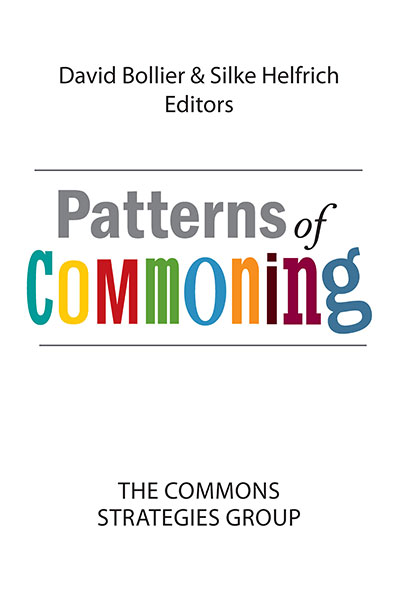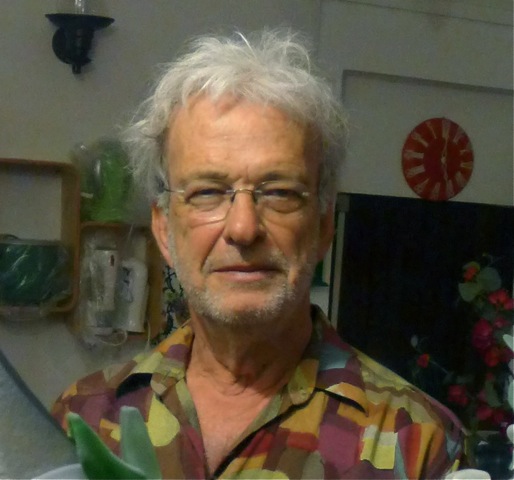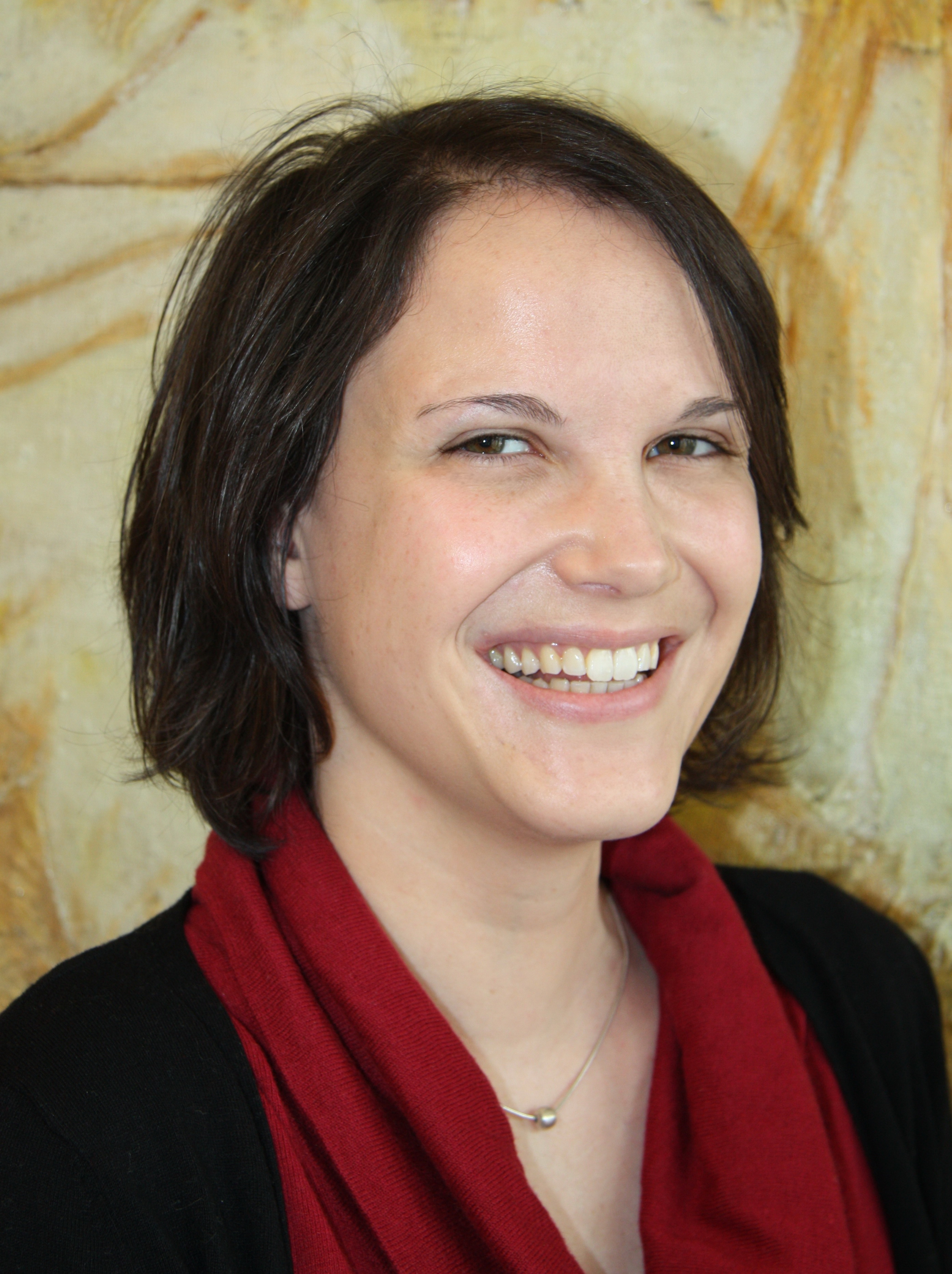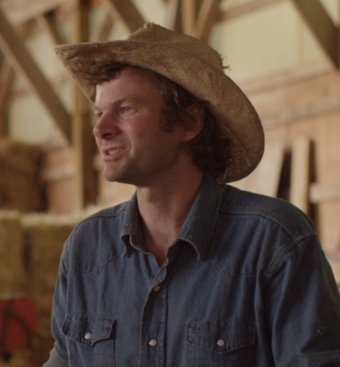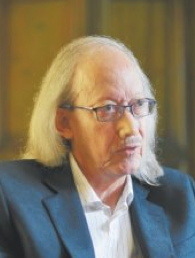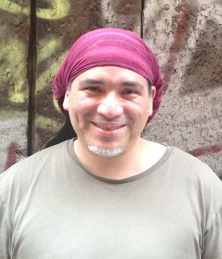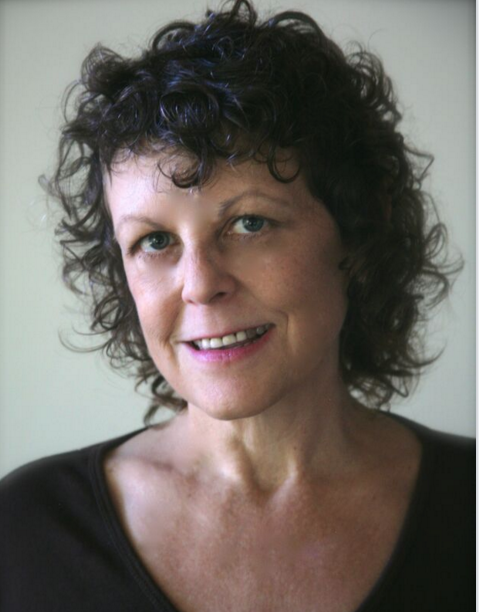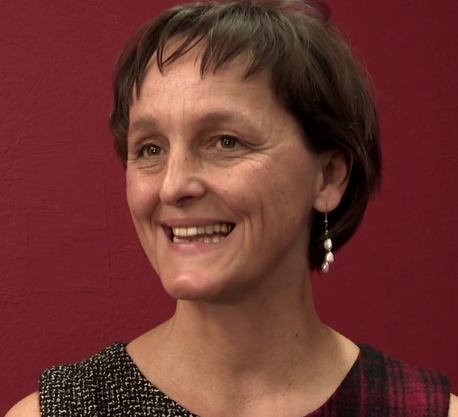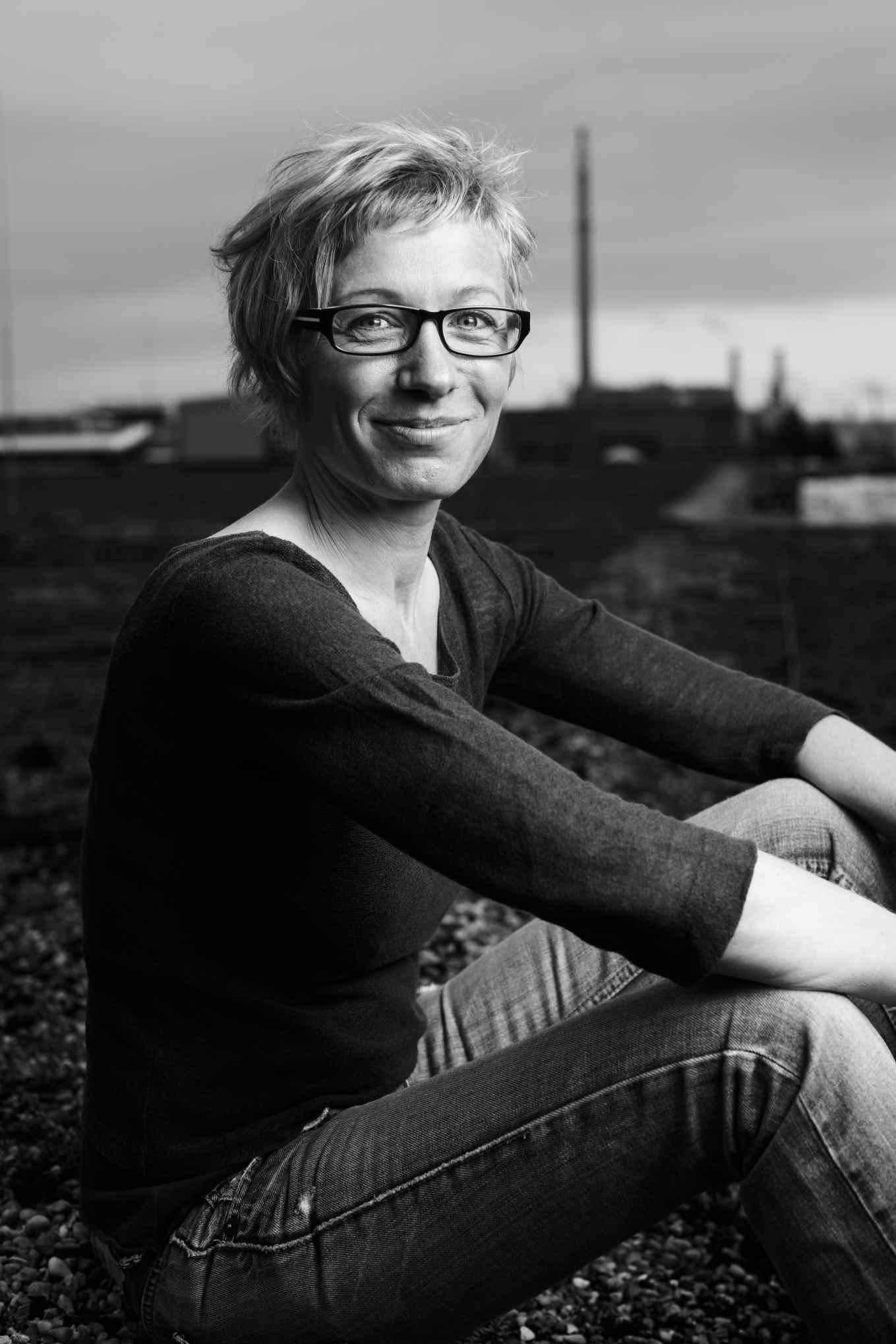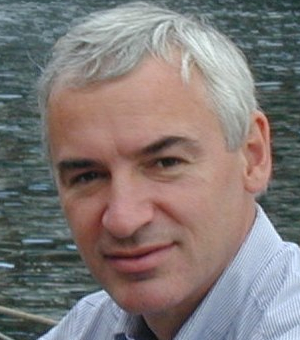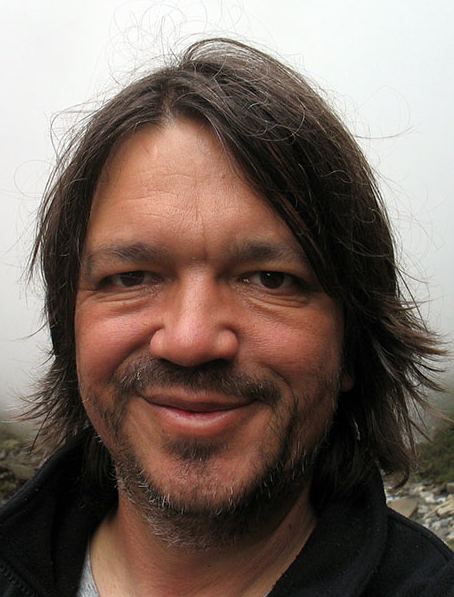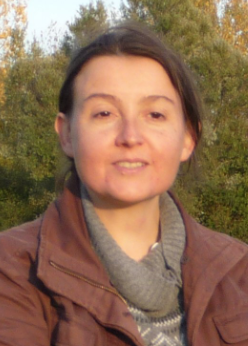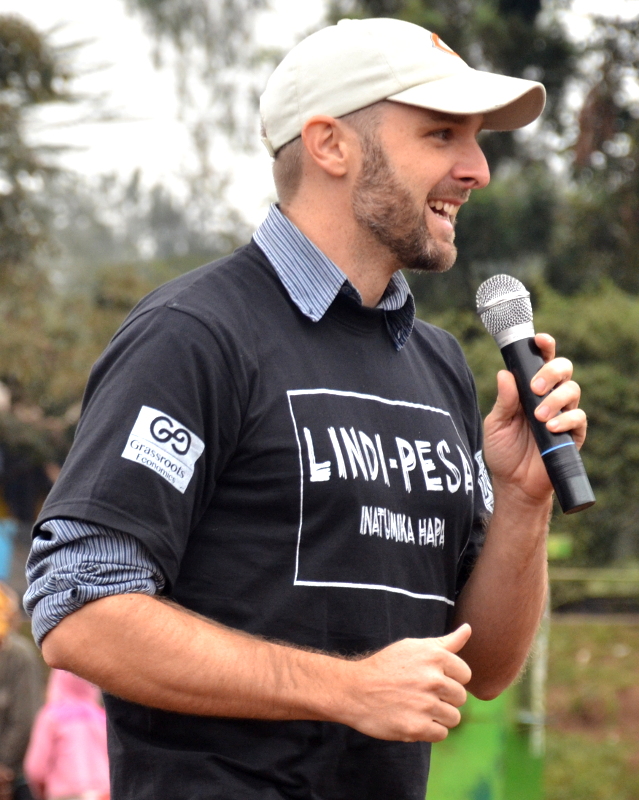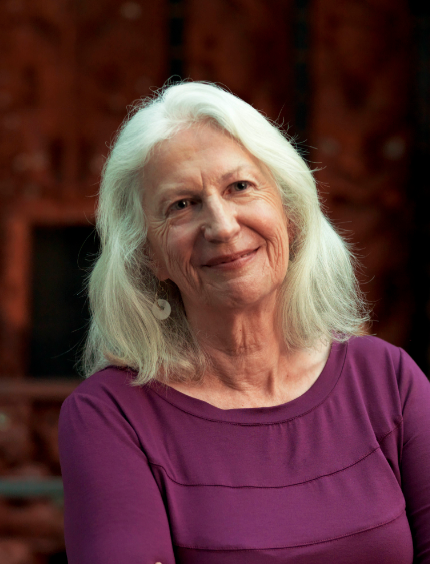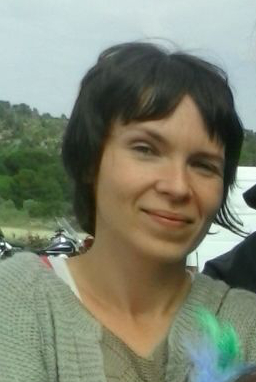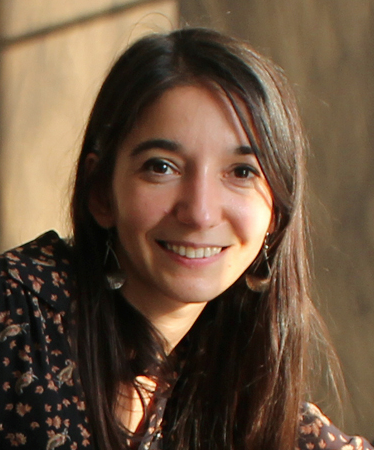Alain Ambrosi (Canada) is a designer and producer of intercultural projects, independent researcher, author, videographer and producer of the Remix The Commons Project.
Patterns of
COMMONING
WIR Currency – Reinventing Social Exchange
By James Stodder and Bernard Lietaer
The Swiss WIR (“We” in German) is the longest surviving social or community currency, sometimes called a complementary currency. (This last name reflects an ambition to supplement rather than replace a national currency.) WIR is not a physical currency per se, but a system of credits and debits. Once a buyer and seller negotiate a price in WIR, the seller is credited and the buyer debited that amount. Nowadays, the process can be completed in seconds, on a smartphone.
Today’s WIR-Bank, originally the Wirtschaftsring (“Economic Circle”), was founded in 1934, in the depths of the Great Depression. It was based on the ideas of Silvio Gesell, a German-Argentine merchant and economist who saw how ordinary money circulation had collapsed. Money fearfully clutched rather than freely exchanged only makes a downturn worse.
By reinventing their own currencies based on long-term reciprocity among community members – rather than gold or central bank limits – communities can break this vicious cycle. Hundreds of such currencies sprang up in the Great Depression, as noted by Yale’s Irving Fisher, the early monetary economist.1 Recent research by the authors2 confirms that WIR circulation does indeed accelerate in a recession; as people hoard their limited holdings of Swiss Francs (SFr), they are more willing to use WIR for market exchanges.
WIR are actually somewhat less valuable than SFr because they are less negotiable: not easily changed for another currency, nor accepted outside the circle of WIR users. But that circle of Swiss circulation is fairly wide. In 2013, WIR counted some 50,000 small and medium enterprises (SMEs) among its clients, enabling 1.43 billion Swiss Francs (SFr) of trade, or US$1.59 billion.3 About 80 percent of WIR users are SMEs and larger firms; the rest are households.
What is the social basis of the WIR’s long-term reciprocity among people? Textbooks on the origin of money usually start with the “double-coincidence of wants” problem: If you and I are both to benefit from barter, it’s not enough for you to want what I have – you also need to have what I want. As the division of labor grows, such double-coincidences are harder to find. We need to find long circular chains of single coincidences, wherein A gives Bread to B, who gives Cheese to C, who gives an Apple to A. Money helps solve this problem by serving as an intermediary “good” that everyone wants.
This explanation begins and ends with individual wants. But our species has not survived primarily by such exchange. A century of anthropological and historical research shows that it was gifts – not money or barter – that brought the original human economy into being.4
In his Great Transformation, Polanyi characterizes the gift economy as “free gifts that are expected to be reciprocated, though not necessarily by the same individuals – a procedure minutely articulated and perfectly safeguarded by elaborate methods of publicity.” This is the original solution to the “double coincidence” problem – a network of multilateral gifts and reciprocity between individual and group – not just two individuals.
Even the earliest forms of currency were community records, not impersonal stores of value. Lietaer’s Mystery of Money describes pottery-based currencies centered on ancient temples to Mother Goddesses and medieval shrines to the Virgin Mary. These early monies were a way of remembering personal indebtedness. The Latin root for “monetary” – deriving from the temple of Juno Moneta, the mother goddess who “monitors” all exchange – reflects this fact. The WIR is Juno’s descendant, a way of monitoring multilateral (not just bilateral) reciprocity, within a community of named individuals.
Impersonal money as the basis of trade came much later, allowing the economy to stretch far beyond interpersonal community. But this new impersonal money creates its own new problem – How should its quantity be controlled? Too much means inflation and wasted resources; too little causes deflation and unemployment. Precious metals are an arbitrary form of control, and central banks a blunt one. History shows shortages and gluts for gold and silver, and the limitations of central banks are confirmed by current conditions.
The supply of WIR is not limited by gold or central bank “base money” – it grows by as much or as little as people are willing to trade in it. That willingness is greatest (a) in a recession, (b) in highly cyclical industries like construction and hospitality, and (c) among those shortest on cash. Unlike ordinary money, it flows where it is most needed.
WIR is a community currency, but at even its small-nation scale, it is no longer highly “communitarian.” Time Banks (US), LETS (Canada) and Fureai kippu (Japan) are other notable currencies that are closer to their community roots. But like all of these, the WIR recreates an awareness of need-based gift exchange. It may be the form of exchange to which our species is best suited.
James Stodder (USA) teaches economics and econometrics in the School of Management at Rensselaer Polytechnic Institute and the Management Department at the US Coast Guard Academy.  His research is on exchange systems, behavioral economics, inequality and economic anthropology.
His research is on exchange systems, behavioral economics, inequality and economic anthropology.
Bernard Lietaer (Belgium) is the author of The Future of Money (translated into eighteen languages), and an expert in the design and implementation of currency systems. He codesigned and implemented the  convergence mechanism to the single European currency system (the Euro) and served as president of the Electronic Payment System at the National Bank of Belgium (the Belgian Central Bank).
convergence mechanism to the single European currency system (the Euro) and served as president of the Electronic Payment System at the National Bank of Belgium (the Belgian Central Bank).
- Irving Fisher, “100 Percent Money and the Public Debt.” Economic Forum, Spring 1936, pp. 406-420.
- Stodder, “Complementary Credit Networks and Macro-Economic Stability: Switzerland’s Wirtschaftsring.” Journal of Economic Behavior and Organization, 2009. Stodder and Lietaer, “The Macro-Stability of Swiss WIR-Bank Credits: Balance, Velocity and Leverage.” Working Paper, Rensselaer Polytechnic Institute, 2014.
- WIR-Banque, Rapport de Gestion 2013, Basel: WIR-Banque.
- See, e.g., Marcel Mauss’ classic book, The Gift: Forums and Functions of Exchange in Archaic Societies; Karl Polanyi’s The Great Transformation; Frederic Pryor’s The Origins of the Economy; Bernard Lietaer’s The Mystery of Money; and James Stodder’s “The Evolution of Complexity in Primitive Exchange,” in Journal of Comparative Economics (1995).
